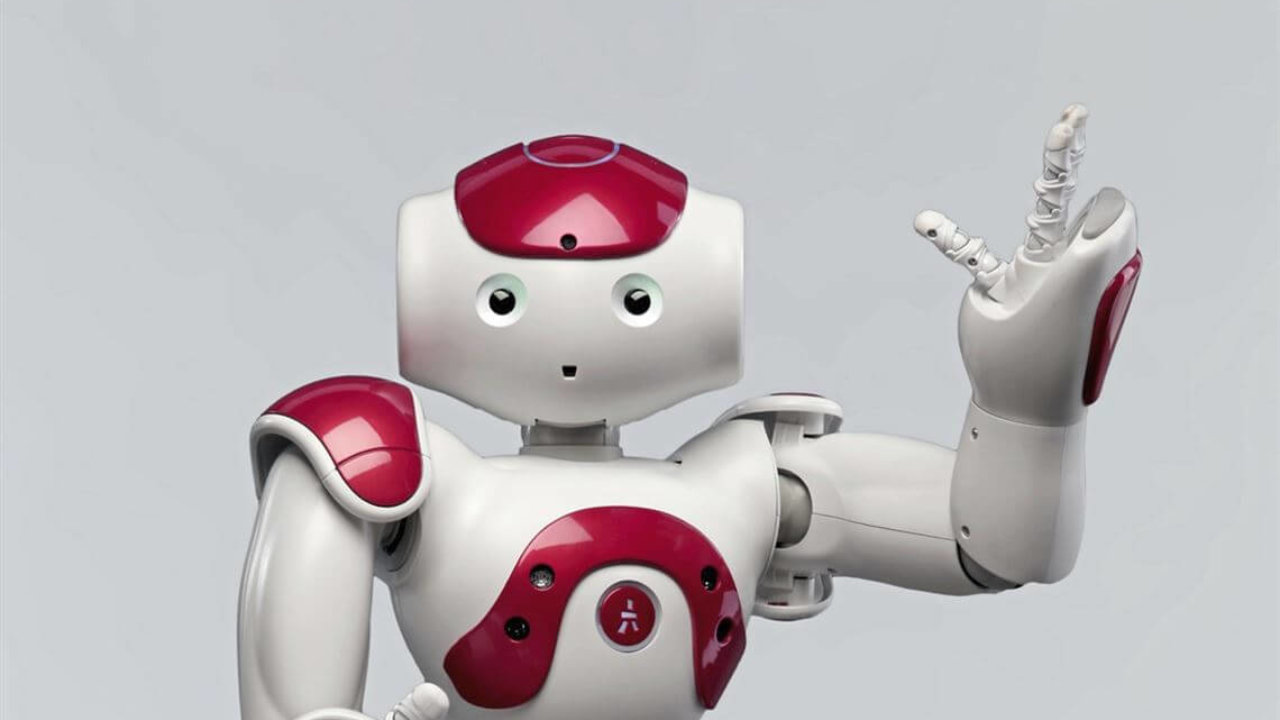Humanoid robots (or simply humanoids) are robots that have a human-like shape. However, depending on who you ask, this definition varies: some say a humanoid should have a full body with two arms and legs, just like a human, while others focus on its communication or task capabilities, broadening the definition to include a wheeled mobile robot with an upper body that includes a head, torso, and two arms. You can broaden the scope of your understanding of humanoid robotics research in order to provide global trends in this field of study.
Applications of humanoids
- Humanoid robots are increasingly being employed as study tools in a variety of scientific fields.
- To construct humanoid robots, researchers investigate human body structure and behavior (biomechanics).
- The endeavor to imitate the human body, on the other hand, leads to a deeper comprehension of it.
- Human cognition is the study of how humans learn from sensory information in order to develop perceptual and motor skills.
- This understanding, above all, is utilized to create computational models of human behavior, and it has grown over time.
Examples
These humanoid robots are used for a variety of purposes, including, but not limited to:
- Exploration and research in space
- Personal assistance
- Caregiving
- Education and entertainment
- Manufacturing and maintenance
- Healthcare
- Public relations
Main areas where humanoid robots are applied.
- Medical and scientific research
- Humanoid robots are a great resource in the domains of health and biotechnology, as well as biomechanics and cognitive science.
- Humanoid robots are being utilized to create complicated prosthetics for people who have physical limitations like missing limbs. The WABIAN-2 is a new medical humanoid robot designed to assist patients with lower limb rehabilitation.
- Although the original goal of humanoid research was to develop better orthoses and prostheses for humans, knowledge has been passed between the two fields. Powered leg prosthesis for the neuromuscularly disabled, ankle-foot orthosis, biological realistic leg prosthesis, and forearm prosthesis are a few examples.
- Entertainment
- Humanoid robots have a lengthy history in the area of entertainment, from Prometheus’ conception and concepts to the application and actual construction of modern animatronics utilized in amusement parks.
- Humanoid robots are currently being employed and developed in amusement parks for stuntronics.
- Despite their realistic appearance, these robots lack intellect and bodily autonomy. Plug & Pray, an independent documentary film produced in 2010, highlights various humanoid robots and their potential applications in daily life.
- Demonstrative
- Modern instances of humanoid robots, for instance, the Honda Asimo, are made public to exhibit new technological advances in motor skills, such as walking, climbing, and playing an instrument.
- Other humanoid robots have been designed for home applications, however they are limited to specific tasks and are far from independent.
- Humanoid robots, particularly those equipped with artificial intelligence algorithms, could be beneficial for future dangerous and/or distant space research missions, eliminating the need to return to Earth once the mission is over.
Are humanoid robots and humanoids the same thing?
| Robots | Humanoid |
| – a machine that can perform a complex series of activities automatically and with pinpoint accuracy | – a humanoid robot’s exterior appearance is modeled on that of the human body |
| – any computer-programmed mechanism meant to do acts ordinarily performed by humans, either automatically or via remote control | – closely resembles human movement. |
The difference in characteristics between robots and humanoids
| Robot | Humanoid |
| – the ability to sense its surroundings | – ability to operate autonomously in a variety of environments |
| – move around its environment | – perform a complex set of physical tasks designed for humans |
| – necessitates some form of programming | – manipulate objects designed for humans, and interact with humans safely |
Humanoid and Robot Applications
| Robots | Humanoid |
| – Industrial robots assist in common industrial applications such as welding, lifting, cutting, sorting, painting, etc. | – programmed to mimic human behavior |
| – intelligent home systems to space shuttles | – daily household tasks |
| – surveillance drone robots to space exploration | – complex medical surgery |
| – farming applications to disaster-prone areas | – deep ocean exploration |
| – used in medicine for surgical assistance | – personal assistance and caregiving |
| – to transport hazardous materials | – manufacturing and maintenance |
Examples of Humanoid Robots
- Ameca
- Engineered Arts’ latest and most advanced humanoid robot, Ameca, is billed as a testing platform for AI and machine learning systems.
- Thanks to sensors that can track movement across a room and face, as well as multiple voice recognition capabilities, Ameca interacts with humans naturally and detects emotions and age.
- For the most part, Ameca understands common expressions like astonishment and surprise, as well as gestures like yawning and shrugging.
- Beomni
- Beyond Imagination believes that their humanoid robot, Beomni, will allow humans to “go beyond” their bodies. Hence, transforming how we work in healthcare, agriculture, hospitality, security, logistics, and other industries.
- Currently, “human pilots” control Beomni remotely.
- They wear virtual reality headsets and other wearable devices such as gloves, while AI assists Beomni in learning tasks so that it can eventually become autonomous.
- Digit
- Digit, a humanoid robot from Agility Robotics, is already capable of unloading trailers and moving packages.
- Digit, with fully functional limbs, can crouch and squat to pick up objects, adjusting its center of gravity based on size and weight, while surface plane-reading sensors help it find the most efficient path and avoid obstacles.
- For example, Agility partnered with Ford in 2019 to test autonomous package delivery, and the company raised $150 million from Amazon and other companies in 2022 to help Digit enter the workforce.
Advantages of Humanoid Robots
- The usage of these robots is a variety of tasks, such as testing motions, detecting or simulating challenging environments for testing, and so on.
- Moreover, Humanoids are ideal candidates for difficult outer-space missions. Some may even serve as research collaborators.
- Humanoids can also assist in dealing with disasters caused by humans, such as wars.
- Businesses are planning to invest in humanoids as automation increases in today’s fast-paced world. Moreover, it will increase efficiency, reduce human resource costs, and may positively impact profit turnover.
- With the advancement of military weapons, for instance, it is now necessary to deploy humanoids to keep up with the pace and reduce human soldier bloodshed. Some military-grade humanoids are capable of moving and gathering data, processing, and working efficiently, thereby assisting the nation’s military system.
Disadvantages of Humanoid Robots
- Humanoids are more efficient than humans in a variety of ways and as a result, it has also sparked concern among humans that it will eventually dominate job fields, displacing humans.
- On the other hand, there is a real danger that humanoids will disrupt the labor market.
- Humanoid robots are expensive, so only conglomerates can invest in and deploy them in their businesses. It will help them keep up the pace while endangering the survival of small and medium-sized businesses. According to experts, it will cause a significant imbalance in the global economic situation.
Humanoids are not perfect: Something to consider
- To perform practical activities, humanoid robots combine the majority of perceptual technologies, including visual, depth, and auditory signal detection, as well as touch and force information.
- However, the final one, in particular, is currently in desperate need of improvement for the future evolution of humanoids.
- Physical interaction with environments is currently the most lacking capability in humanoid robots.
- Despite considerable efforts, current humanoid robots remain inflexible and insensitive, far from the subtle and compliant physical interactions that humans can execute.
Conclusion
It is unknown how well humanoid robots will integrate into society or how well humans will accept their assistance. Although some may see the proliferation of these robots as creepy, dangerous, or unneeded labor market competition, the potential benefits such as increased efficiency and safety may outweigh many of the perceived consequences. All things considered, humanoids will have a huge impact.

